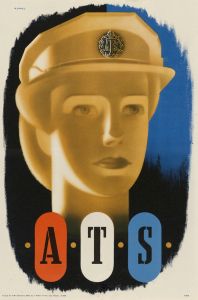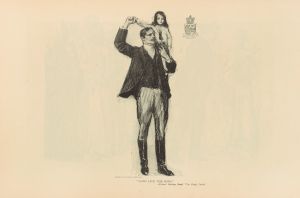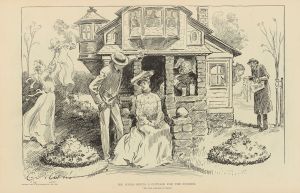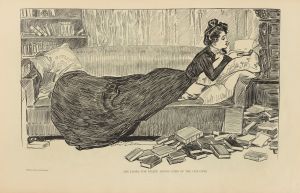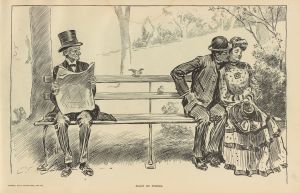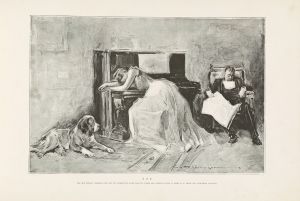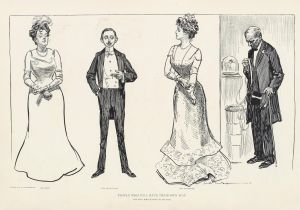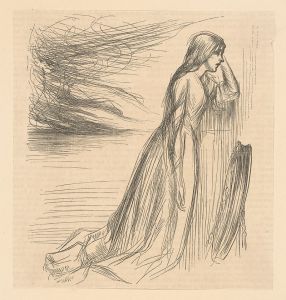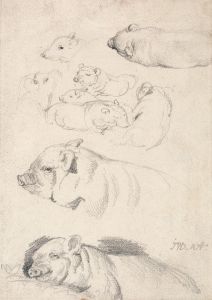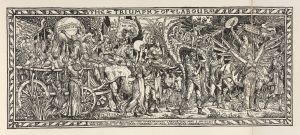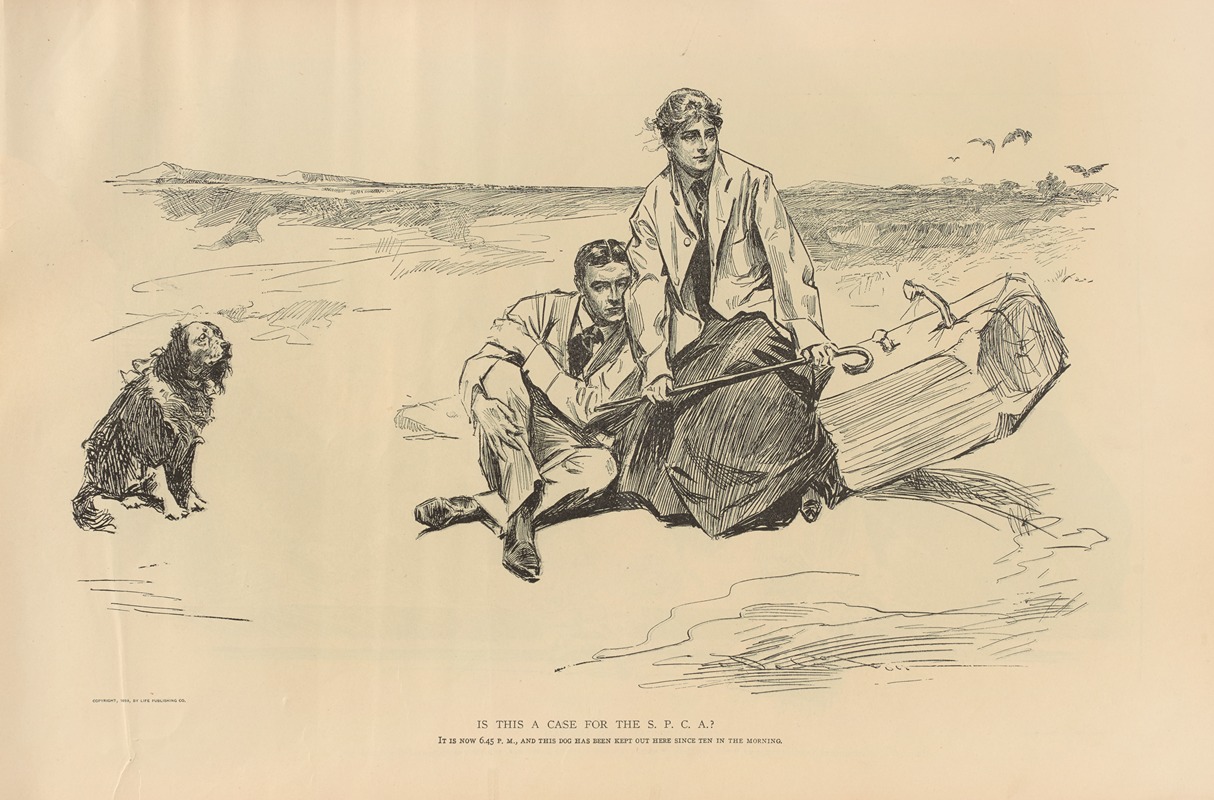
Is this a case for the S. P. C. A.
A hand-painted replica of Charles Dana Gibson’s masterpiece Is this a case for the S. P. C. A., meticulously crafted by professional artists to capture the true essence of the original. Each piece is created with museum-quality canvas and rare mineral pigments, carefully painted by experienced artists with delicate brushstrokes and rich, layered colors to perfectly recreate the texture of the original artwork. Unlike machine-printed reproductions, this hand-painted version brings the painting to life, infused with the artist’s emotions and skill in every stroke. Whether for personal collection or home decoration, it instantly elevates the artistic atmosphere of any space.
Charles Dana Gibson was a prominent American illustrator best known for his creation of the "Gibson Girl," a representation of the idealized American woman at the turn of the 20th century. His work was widely published in magazines such as Life, Scribner's, and Harper's, and he became one of the most celebrated illustrators of his time.
"Is this a case for the S. P. C. A.?" is one of Gibson's notable illustrations, reflecting his keen sense of humor and social commentary. The title refers to the Society for the Prevention of Cruelty to Animals (S.P.C.A.), an organization dedicated to animal welfare. The illustration typically features a humorous or satirical scene involving animals or the treatment of animals, often highlighting the societal attitudes of the time.
Gibson's work, including this piece, often provided commentary on the social norms and issues of his era. His illustrations were not just artistic expressions but also reflections on the cultural and social dynamics of the late 19th and early 20th centuries. The humor in his work, including "Is this a case for the S. P. C. A.?", often stemmed from the juxtaposition of human and animal behaviors, inviting viewers to reflect on the absurdities or ironies of human society.
Gibson's style is characterized by its detailed pen-and-ink drawings, which were both elegant and expressive. His ability to capture the subtleties of expression and posture made his characters come alive, engaging the viewer with both their visual appeal and the narrative they suggested. This particular illustration would have been no exception, showcasing his talent for combining artistry with storytelling.
The impact of Gibson's work extended beyond mere entertainment; it influenced fashion, culture, and even social attitudes. The "Gibson Girl" became a cultural icon, representing a new standard of femininity that was independent, confident, and socially active. Similarly, his other works, including "Is this a case for the S. P. C. A.?", contributed to discussions about societal values and norms.
While specific details about the content of "Is this a case for the S. P. C. A.?" are not extensively documented, it remains an example of Gibson's broader oeuvre, which often used wit and satire to engage with contemporary issues. His legacy as an illustrator is marked by his ability to capture the spirit of his time, making his work both a historical artifact and a piece of enduring artistic merit.






